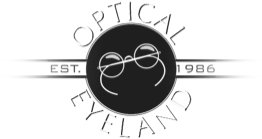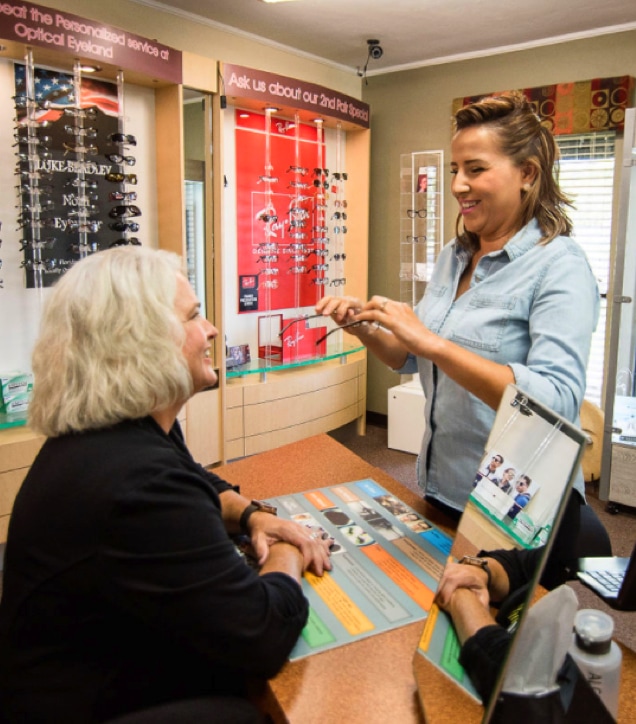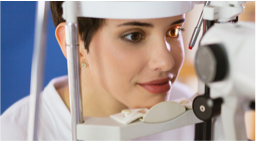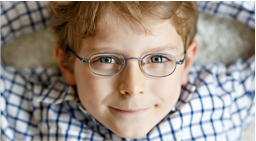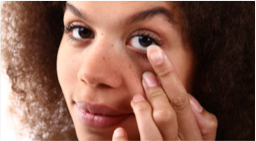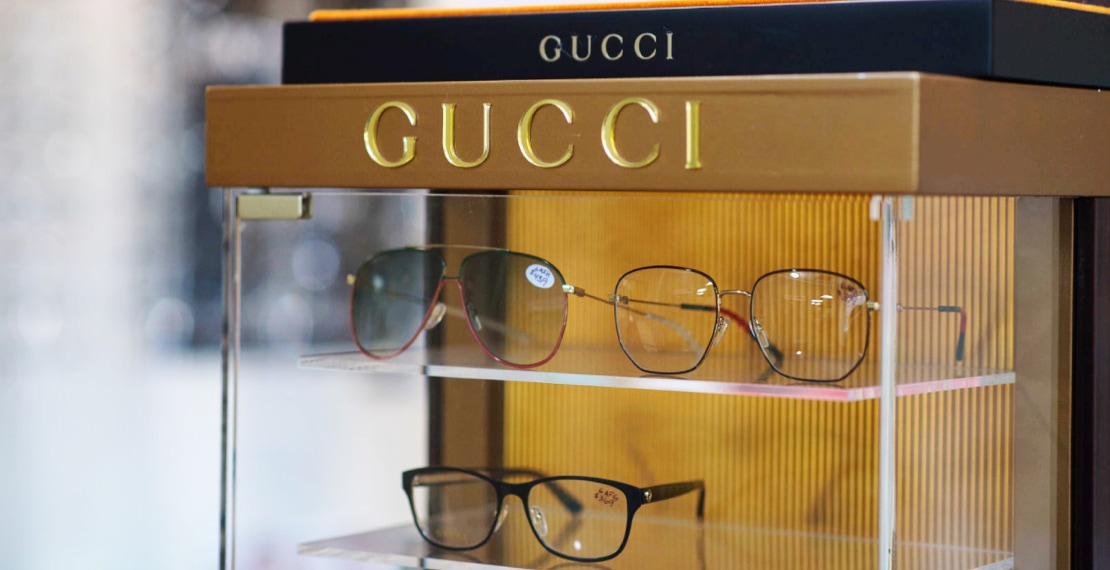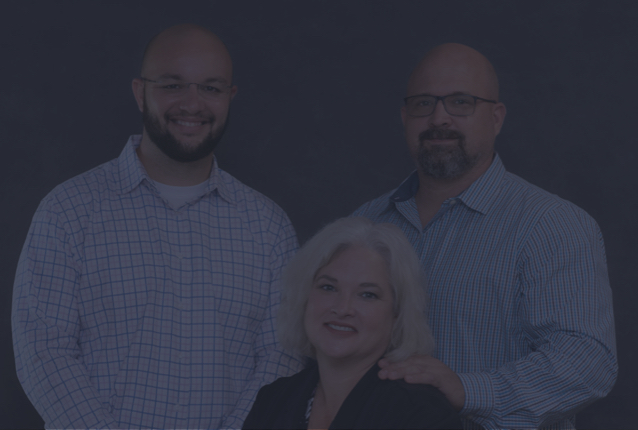When to Take Your Child for Eye Exams
In some ways, it’s even more important for children to undergo routine eye exams than it is for adults. Checking that they’re hitting all their visual milestones and ocular health will give your child the best chance of maintaining strong, healthy eyes that won’t hold them back as they grow, develop, and learn.
Even understanding all this, it can be difficult to know when to take your child for eye exams. We recommend following the exam schedule based on the suggestion made by the American Academy of Ophthalmology and the American Association for Pediatric Ophthalmology and Strabismus.
We may request that you bring your child in for eye exams more often, but that we can discuss this during your child’s first few appointments with us.
Your newborns’ eyes should be checked by a trained professional, and receive a red reflex test and blink and pupil test.
Your infant should be referred to an optometrist or ophthalmologist if any of these tests uncover signs of potential eye disease. Likewise, if your baby was born prematurely or your family has a history of eye disease.
During the first year of your child’s life, your pediatrician will likely check the development of your child’s eyes during a well-child visit. Your pediatrician will perform another red reflex test and blink and pupil test and check your child’s eye alignment, movement, and overall ocular health.
Between the ages of 1 and 2, your child should undergo a comprehensive eye exam to screen for eye diseases, overall health, and alignment and muscle strength. Your optometrist may use the photoscreening test, which will check the ability of your child’s eyes to focus before your child is able to read the standard eye chart.
This is also the age when your child’s eyes may show signs of amblyopia (lazy eye) and strabismus (crossed eyes). These childhood eye conditions are easier to treat in children than in adults, so early detection is essential.
It’s recommended that your child undergo at least one eye exam before they enter school. This exam will give your optometrist a chance to screen your child’s eyes for diseases, strabismus, and amblyopia, and check their overall ocular health, eye alignment, muscle strength, and ability to focus.
Your optometrist will also check your child’s eyes for refractive errors, like myopia (nearsightedness), hyperopia (farsightedness), and astigmatism.
Once your child enters school, they should have annual eye exams.
As your child advances through their education, their eyes will be heavily depended on. Children rely heavily on their eyesight while in school or at play. If they have an undiagnosed refractive error or eye condition, your child’s eyes will adjust to compensate, and your child may not even be aware there’s a problem.
Undiagnosed eye conditions can lead to adverse side effects like headaches, fatigue, and difficulty staying focused. These symptoms may cause your child to suffer academically, socially, and athletically.
